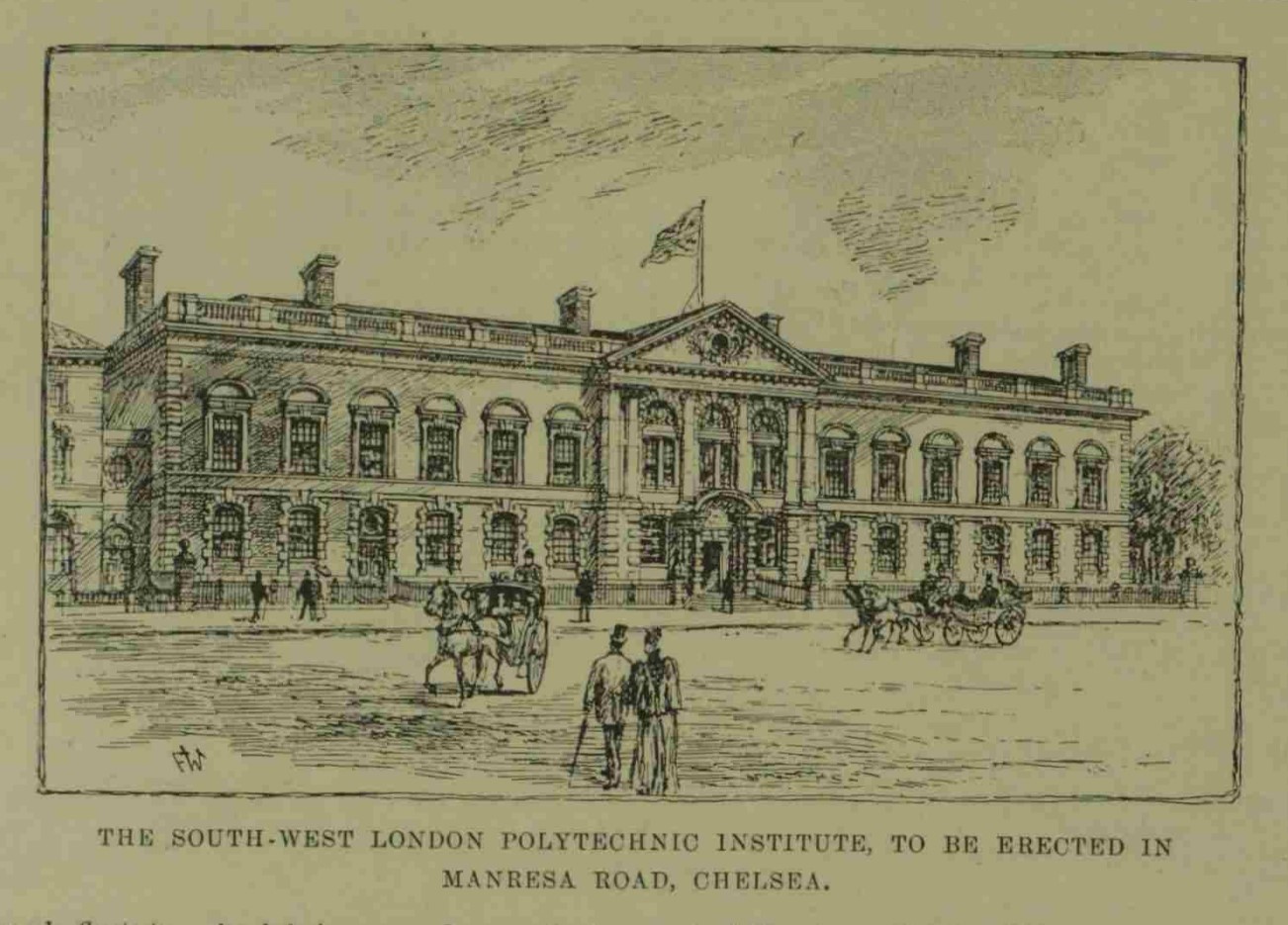We all know about polytechnics, don’t we?
Thirty of them were established across England and Wales between 1969 and 1973, and they worked under the auspices of local government to provide higher level education focused on the technical and professional. Degrees were awarded by the Council for National Academic Awards and in 1992 they all became universities.
Right? Wrong.
The very first thing called a polytechnic institution in Britain was the Royal Cornwall Polytechnic Society, which was a cultural institute founded in 1832 in – would you believe it – Cornwall. It’s still going, as a venue for film, theatre and exhibitions.
Soon after – in 1838 – something more like an educational polytechnic appeared, with the establishment of the Royal Polytechnic Institution on Regent Street. This became, in due time, the University of Westminster, but as Regent Street Poly it was well known and respected. And was granted a Royal Charter in 1839 – take that, red brick universities…
Now fast forward to the 1890s, and you find first of all the Woolwich Polytechnic, established in 1891. This was the venue for Secretary of State Anthony Crosland’s speech in 1965 establishing the “binary divide” between autonomous universities and state-sector FE and teacher training colleges. Big shout out to HEPI for making the speech available.
And then in 1895 the South Western Polytechnic was founded. In an early demonstration of the London-centricity of the UK, this was not in Somerset, or Devon, or Dorset, but in South West London – and Chelsea in particular.

As the Illustrated London News remarked (on 1 August 1891), “Chelsea and Whitechapel are at opposite ends of London; but the dwellers at the West End will be almost as well provided with means of culture and recreation as those who can enjoy the use of the ‘People’s Palace’”. The picture – taken from the same ILN article, shows the grand building anticipated at the time.
This became the Chelsea Polytechnic in 1922, and by then its scope was not just technical, scientific and professional education, but also art and design, albeit at a separate site. The card dates from this period – there’s no specific indication of date, but judging by the clothing of the students, I’d guess late 1920s. Maybe? More expert opinion on this would be most welcome!
Note also the co-educational class. And, despite the lab equipment, it looks very much like the learning is through copying from the blackboard.
The Chelsea Polytechnic continued to grow during the next decades, but in 1954 there was a split – the school of science and the school of art were (re)established as separate institutions. The school of science became Chelsea College, a few years later a member of the University of London. This subsequently, with Queen Elizabeth College, merged with King’s College London in 1985.
The school of art joined the London Institute in 1986. This was created by the Inner London Education Authority to bring together London’s various art, design, fashion and media schools, and is now the University of the Arts London.
So there we are – a polytechnic founded well before most other polytechnics, and ceasing to be a polytechnic well before most others had even begun. Sic transit gloria mundi.












